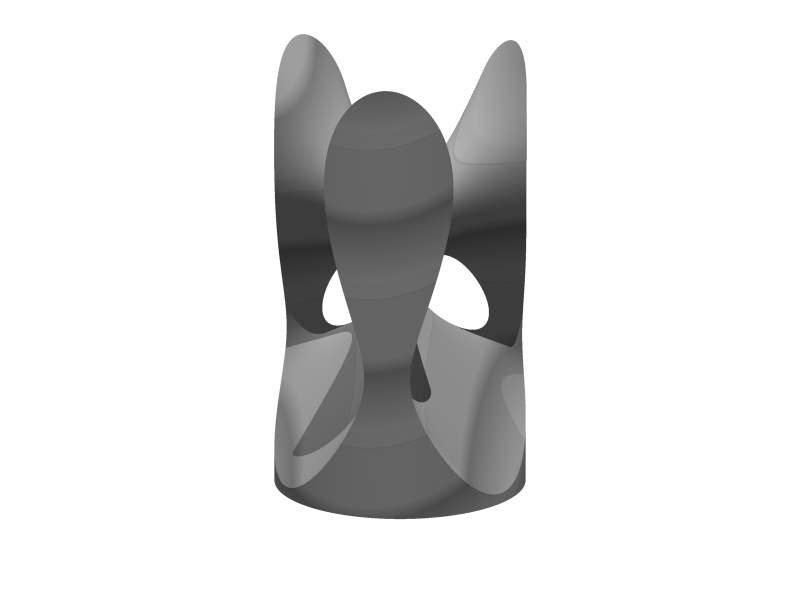|
2. ANGEL ANalysis and GEometry im Ländle |

|
Carl Cederbaum: A new proof of the Willmore inequality based on a divergence inequality
We will present a new proof of the Willmore inequality for an arbitrary bounded domain in R^n with smooth boundary. Our proof is based on a parametric geometric inequality involving the electrostatic potential for the domain; this geometric inequality is derived from a geometric differential inequality in divergence form.
We will also discuss the connection to and differences from the potential theoretic proof of the Willmore inequality by Agostiniani and Mazzieri which is based on a conformal change and a splitting theorem. All results are joint work with Anabel Miehe.
Anna Sancassani: Asymptotically corresponding initial data sets and associated geometric invariants
As first pointed out by Chruściel and Tod, there exists a correspondence between CMC initial data sets for the Einstein Equation with different values of the Cosmological constant. In particular, it relates the hyperbolic space in Anti-de Sitter (AdS) spacetime and the hyperboloid in Minkowski. This fact has been extensively used to transfer knowledge from the asymptotically flat realm to the asymptotically AdS hyperbolic setting, for example, in the work of Cha and Khuri. In this talk, I will present some results obtained from a detailed in- vestigation of this correspondence, focusing on its implications on the KIDs and related geometric invariants à la Michel. These findings allow us to generalize the results cited above and clarify the extent to which this correspondence can be exploited to derive insights into spacetimes arising from corresponding initial data.
Maximilian Stegemeyer: Approaches to critical point theory via topological complexity
The Lusternik-Schnirelmann category of a space gives a lower
bound on the number of critical points of a continuously differentiable
function on a Banach manifold. Related to Lusternik-Schnirelmann
category is the concept of topological complexity. This is a numerical
homotopy invariant and is of great interest in topological robotics. As
extensions of topological complexity one considers the notions of
sequential and parametrized topological complexity. In this talk we
introduce topological complexity and show how one can apply methods
from Lusternik-Schnirelmann theory to establish various lower bounds on
numbers of critical points of functions in terms of sequential and
parametrized topological complexities. We also discuss applications of
these results. This talk is based on joint work with Stephan Mescher.
Back to main page